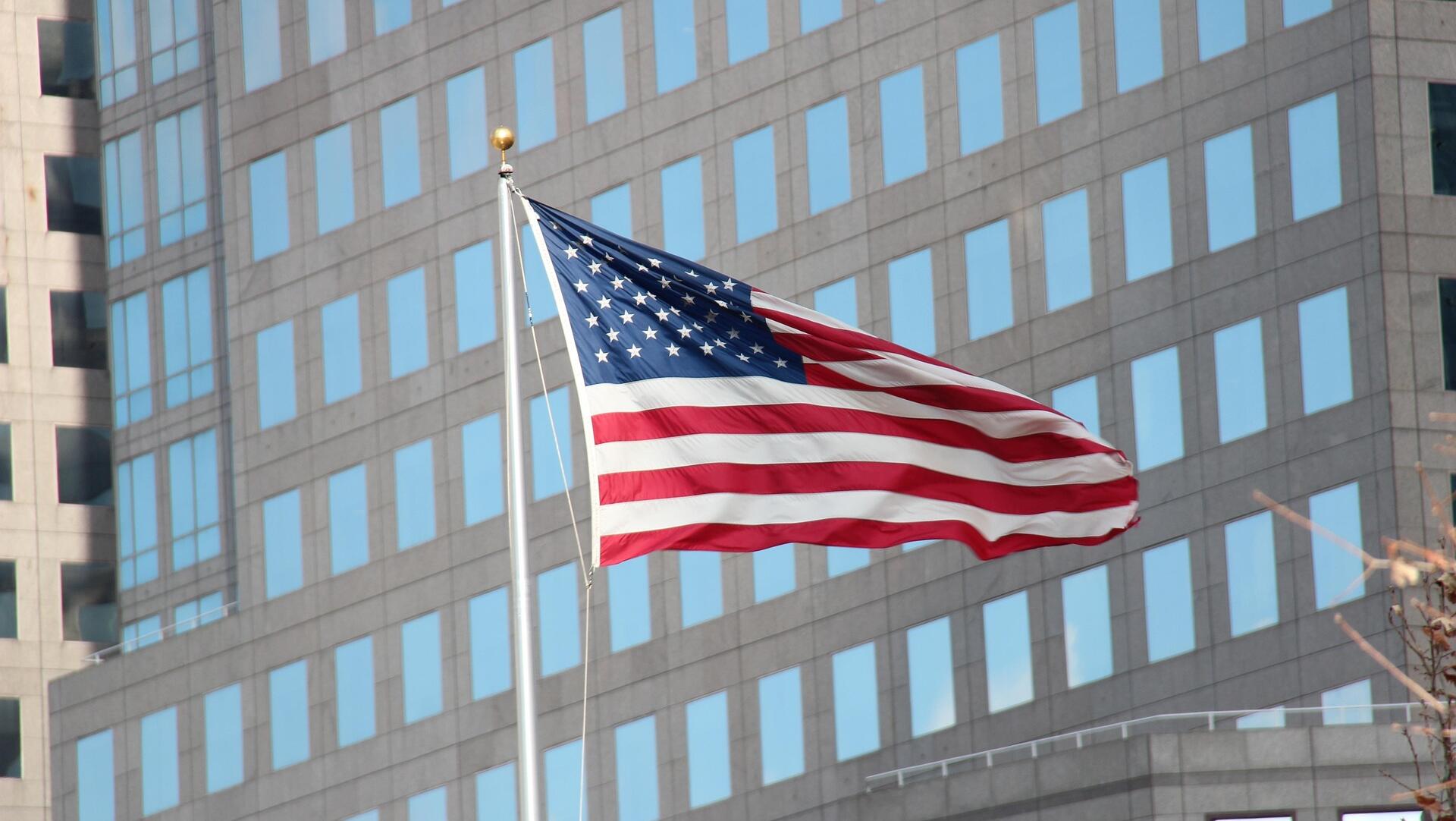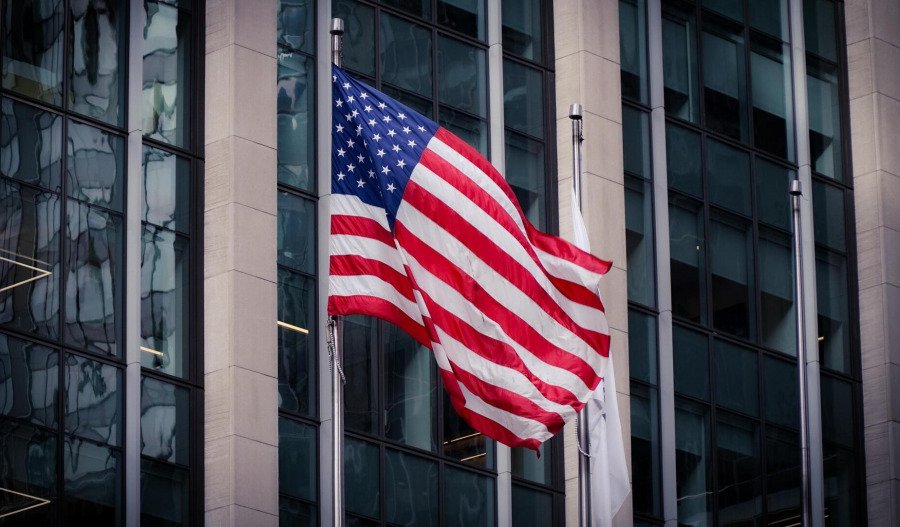Moody’s has downgraded deposit ratings at major United States banks, following its sovereign credit downgrade of the U.S.
The move affects JPMorgan Chase, Bank of America, Wells Fargo, and others, cutting their long-term deposit ratings from Aa1 to Aa2.
The downgrade signals reduced government backing, raising concerns about higher borrowing costs and tighter credit conditions for financial institutions.
The sovereign downgrade — from Aaa to Aa1 — was driven by rising national debt, political instability, and fiscal sustainability concerns.
Moody’s warns that the U.S. government’s ability to support systemically significant banks has weakened, potentially impacting investor confidence and market liquidity.
The agency also cut senior unsecured debt ratings for some units of Bank of America and Bank of New York Mellon, further tightening financial conditions.
Banks now face higher funding costs, as investors demand increased risk premiums on deposits and debt.
The downgrade could widen credit spreads, making it more expensive for banks to lend.
Moody’s notes that while government support remains moderate, the downgrade removes a key uplift that previously bolstered banks' ratings.
This shift may pressure profitability and capital reserves.
Ripple effects extend beyond Wall Street.
The downgrade raises concerns for corporate borrowers, who may see higher interest rates on loans and credit lines.
Investors are watching bond markets closely, as yields on bank-issued debt could climb.
Moody’s decision underscores broader financial risks, with global markets reacting to the U.S. fiscal outlook.
Moody’s warned that “the downgrade of the U.S. Government’s rating indicates that it has less ability to support the U.S.’s global systemically important banks”.
“The ratings and assessments downgraded in today’s action all previously incorporated one notch of U.S. Government support uplift and this notch of support has now been removed.”
Whether this downgrade is a temporary setback or a long-term shift remains to be seen, but for now, banks, investors, and policymakers are on high alert.



